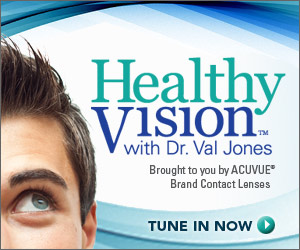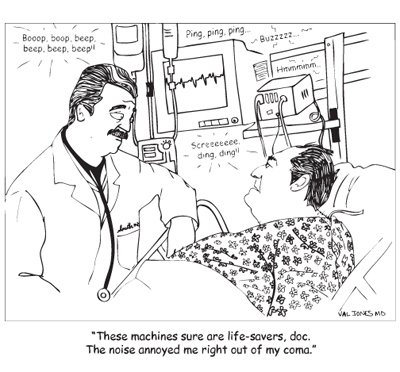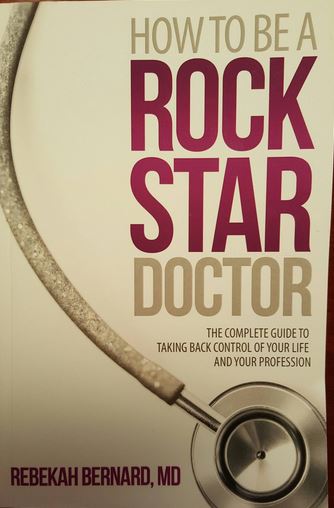August 24th, 2010 by Medgadget in Better Health Network, News, Research
No Comments »

 Antioxidants are important substances that prevent free radicals from damaging cells, and potatoes contain substantial amounts of them.
Antioxidants are important substances that prevent free radicals from damaging cells, and potatoes contain substantial amounts of them.
However, researchers from Obihiro University in Japan thought that more would be better and have developed some innovative methods of boosting the potato’s antioxidant content. By immersing the potatoes in water or salt and subsequently applying ultrasound or electricity for 5 to 30 minutes, they increased the amounts of antioxidants by as much as 50 percent. Read more »
*This blog post was originally published at Medgadget*
April 13th, 2010 by Medgadget in Better Health Network, Health Tips, News, Opinion, Research
No Comments »

 Researchers at the University of Florida in Gainesville have developed a vitamin E-secreting contact lens that can bring the valuable antioxidant directly to eyes.
Researchers at the University of Florida in Gainesville have developed a vitamin E-secreting contact lens that can bring the valuable antioxidant directly to eyes.
Vitamin E is packaged into clusters within the lens and the aggregate works to slowly release the chemical while remaining invisible to the eye.
“These vitamin structures are like ‘nanobricks’,” said Anuj Chauhan, Ph.D., lead researcher of the study. “The drug molecules can’t go through the vitamin E. They must go around it. Because the nanobricks are so much bigger than the drug molecules -– we believe about a few hundred times bigger –- the molecules get diverted and must travel a longer path. This increases the duration of the drug release from the lenses.” Read more »
*This blog post was originally published at Medgadget*
April 1st, 2010 by RamonaBatesMD in Better Health Network, Health Tips, News, Opinion, Research
1 Comment »

I have written two posts in the past on proper disposal of unused medications, and I have always been mindful of the medicines as a source of environmental water pollution. This past week the American Chemical Society reminded (head-slapped me) that topical medications are a source of environmental water pollution from their active pharmaceutical ingredients (APIs). Yes, the simple act of bathing washes hormones, antibiotics, and other pharmaceuticals down the drain into the water supply.
Ilene Ruhoy, M.D., Ph.D. and colleague Christian Daughton, Ph.D. looked at potential alternative routes for the entry into the environment by way of bathing, showering, and laundering. These routes may be important for certain APIs found in medications that are applied topically to the skin — creams, lotions, ointments, gels, and skin patches. These APIs include steroids (such as cortisone and testosterone), acne medicine, antimicrobials, narcotics, and other substances. Read more »
*This blog post was originally published at Suture for a Living*
 Antioxidants are important substances that prevent free radicals from damaging cells, and potatoes contain substantial amounts of them.
Antioxidants are important substances that prevent free radicals from damaging cells, and potatoes contain substantial amounts of them.


 Researchers at the University of Florida in Gainesville have developed a vitamin E-secreting contact lens that can bring the valuable antioxidant directly to eyes.
Researchers at the University of Florida in Gainesville have developed a vitamin E-secreting contact lens that can bring the valuable antioxidant directly to eyes.








